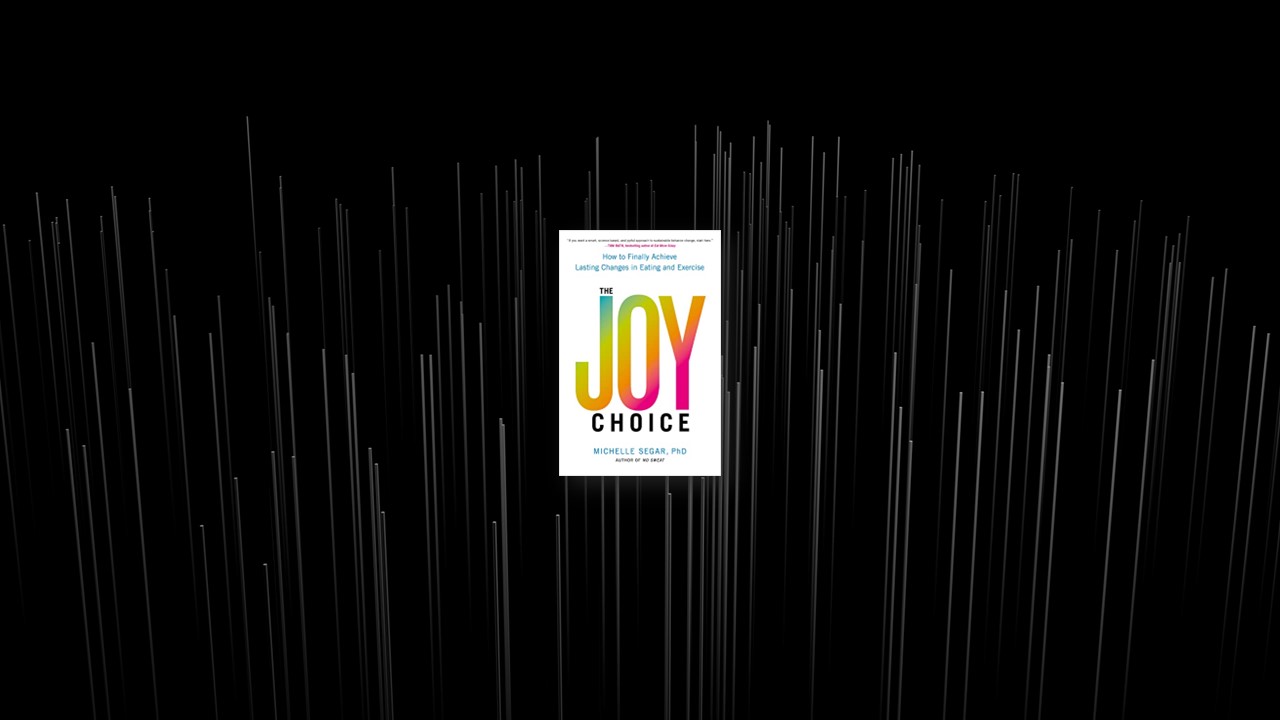Programming our eating and exercise choices to unfold effortlessly and without conscious thought sounds great in theory, but real life easily upsets the program. As a remedy, we could try streamlining our environments, getting rid of temptations, and arranging our lives—without any variation—to accommodate the automaticity needed for habit formation. These are great ideas, but this level of control over our lives is not always easy (or even possible) for many of us to achieve. In fact, there is little research support for the idea that habits can power lasting changes in lifestyle behaviors like eating or exercise.
What’s more, studies aiming to corroborate this assumption have generally failed to do so, even among simple behaviors, such as flossing.
Try as we might to smooth out the bumps in the road, life often seems to be nothing but one unexpected detour after the next. And like it or not, change is the enemy of reflexive, automatic habits.
research has found that these sorts of everyday changes and challenges can easily create a life context that overwhelms not only our ability to stick to the program we embarked on, but also our ability to make the in-the-moment choices that keep us on track with our goals.
WHY WE DON’T “JUST DO IT”
#1: TEMPTATION
We give in to the easy, tempting choice. We feel “tempted” by things we feel we shouldn’t have or don’t deserve yet that we want. Often, our impulses overpower our healthy intentions despite the fact that our more rational self knows that we’ll be left feeling guilty and disappointed by our perceived “weakness” or “lack of self-control.”
#2: REBELLION
We triumphantly rebel against “shoulds.” Science shows that there is often a dissonance between the lifestyle goal we strive to achieve and what this goal actually means to our core sense of self. This inner conflict compels the part of ourselves that feels resentful about being controlled to seek freedom. We instinctively rebel against the very choice we had hoped to make, often feeling self-righteous and triumphant but ultimately sabotaging what we really want.
#3: ACCOMMODATION
We always put the needs of other people and projects before our own. Whether we do it from a need to get along, to not be considered selfish, or to put productivity above all else, this level of accommodation undercuts our self-care needs. Ironically, when we consistently compromise our own needs, we are left depleted with much less to give.
#4: PERFECTION
Aiming for the ideal over the real. Too exhausted to cook a healthy meal? Might as well fill up on Fritos. No time to work out for forty minutes? No workout today. Can’t do it right? Don’t do it at all. Mounting science shows that this pervasive perfectionistic thinking gets in the way of coming up with creative strategies that could have taken us to our goal. Because most things in life can’t be perfect, unrealistic expectations leave us feeling as though we failed, ultimately demotivating us from doing anything at all.
THE JOY CHOICE: POP!
POP! is a simple decision tool you can use to quickly sort through your options after challenges to your plan bring you face-to-face with a choice point. POP! snaps you out of your old automatic and unhelpful reactions and bringing your focus back to this moment so you can reclaim your freedom to choose what works best for your beautiful, complicated life and the people and things that live in it with you. The first thing to do is to recognize that while your original plan may be unworkable, all is not lost. It’s time to POP! your plan.
POP! has three steps that are easy to recall in the moment you need them because they create the acronym you’ll learn to remember, POP:
- Pause
- Open up your options and play
- Pick the Joy Choice
Step 1. Pause
Ahh, the Pause. Quieting our breath and taking a moment to regroup is nothing new; the wisdom of the pause has been practiced for thousands of years. But its value is enormous when it comes to supporting our working memory at a choice point. Pausing and taking a few slow, calming breaths is a science-based winning strategy for our working memory.
Slow breathing can immediately improve executive functioning performance.
Pausing to take a breath interrupts automatic thinking so we can name and release our TRAPs before they have the chance to pull us under.
Pausing establishes mindful awareness, so we can make intentional choices that best serve us and our lives.
Pausing lets us shift gears, refocus, and engage our executive functions.
Getting some distance helps us understand that while we have these feelings, thoughts, and experiences, we are not our feelings or our experiences. We can then step back, observe, and choose with awareness and intention.
Step 2. Open up your options and play
Choice points are all about logistics, managing plans and resources—in this case, time, activities, place, food choices. When you POP! your plan, you are opening up your logistical alternatives.
It’s easier to find something when we need it if we organize it in a specific place. You can think of POP! as an “organizer” for storing, accessing, and considering other options and possibilities. POP! is also a decision system that makes your choice point more manageable through easy questions you can ask yourself. For example, “What else can I do or eat instead? How much time do I actually have? When else today might I be able to make work?” There’s no need to stress with this task because the goal is just to generate ideas and options, suspending any judgment about their value. The key word here is generate, not evaluate.
Look at your options. Which ones work best with your real life today? Which ones make you grit your teeth just to think about? Which ones make you breathe a little easier just thinking about? Now throw out any remaining shoulds and get genuinely curious about how the different possibilities might work. Be open to considering something you’ve never tried before.
Step 3. Pick the Joy Choice
Research suggests that our strategies for negotiating unplanned challenges at choice points influence our coping and what transpires.
Regardless of what we aspire to achieve through our eating and exercise initiatives, wouldn’t it be more strategic for us to learn the tactical beliefs and strategies that can guide us successfully through the rough waters we will inevitably encounter at the choice point?
Our choice points are not only about what we will eat and how we will exercise. We also bring our entire history, beliefs, attitudes, and memories about eating and exercise to each and every choice point we face, and we do it in the midst of the unpredictable chaos of our daily lives. If that sounds like a lot, that’s because it is! But it is also the place of power for achieving lasting change. Which brings us to the Joy Choice, the always-changing compromise that lets you take a moment to play with the possibilities and needs of this moment and make the trade-offs that balance those life elements in perfectly imperfect ways.
The opposite of all-or-nothing thinking is this: Something is always better than nothing. When it comes to achieving lasting changes in eating, exercise, and other self-care behaviors, making strategic trade-offs and compromises in our plans are vital to long-term success.
In a recently published review about trade-offs in choice, the authors explain that most choice problems are resolved by one of two solutions: extreme versus mixed. Extreme solutions reflect our old frenemy all-or-nothing thinking, making a choice that satisfies a single consideration at the complete expense of another. The most flexible strategy, mixed solutions, reflects a compromise that is able to “partially satisfy multiple considerations.”
We banish shoulds and put ourselves in charge, we continually reaffirm our own self-worth and align ourselves with our core values and daily priorities. And—bottom line for meeting our eating and exercise objectives—we ensure that we keep making the consistent, in-the-moment choices that keep us in sync with ourselves and the people and things we value most. Oh, and also? POP! isn’t just helpful, it’s fun too!


